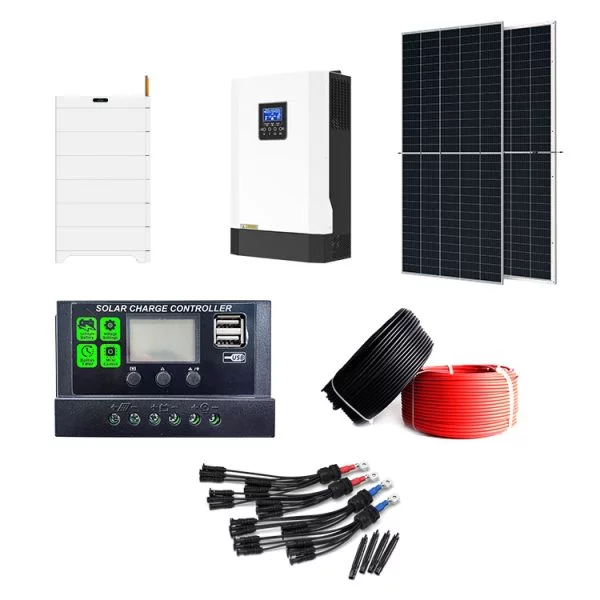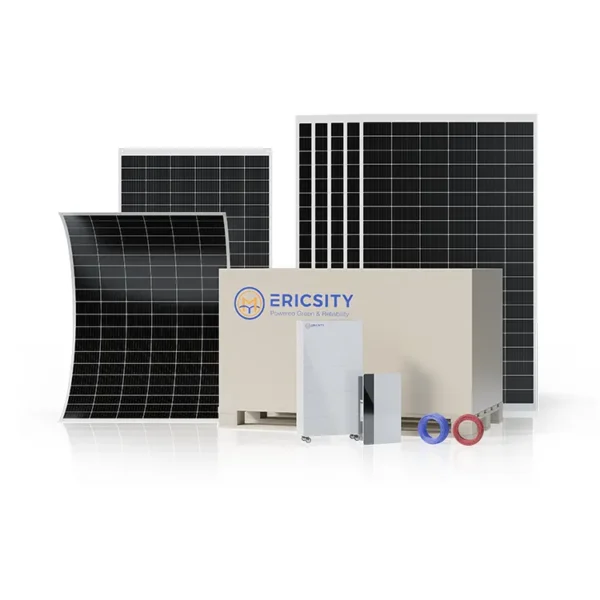HOT PRODUCT
Product Details
Inverter Cost Trends: What’s Changing In The Solar Market
Title: Inverter Cost Trends: What’s Changing in the Solar Market
Introduction (50 words)
The solar industry has witnessed significant growth in recent years, thanks to advancements in technology and decreasing costs. One crucial component of solar systems that has undergone notable changes is the inverter. In this article, we will explore the current trends in inverter costs and how they are impacting the solar market.

1. Evolving Efficiency of Inverters (100 words)
Inverter technology has evolved rapidly, resulting in increased efficiency and improved performance. Traditional inverters had lower conversion efficiencies, but recent advancements have led to more advanced models with conversion efficiencies above 98%. As inverters become more efficient, solar system owners can generate more electricity from their installations, maximizing their return on investment. This improved efficiency also allows for better utilization of solar panels, enabling higher power output and reducing the number of required panels for the same energy production.

2. Falling Inverter Prices (150 words)
Historically, the cost of inverters has been a significant portion of the overall solar system cost. However, inverter prices have been declining steadily over the years. This trend is primarily attributed to economies of scale, increased competition among manufacturers, and technological advancements. As a result, solar system prices have become more affordable, making solar energy more accessible to a broader range of consumers.
Moreover, advancements in semiconductor materials and manufacturing processes have contributed to the reduction in inverter costs. For instance, the use of silicon carbide (SiC) in inverters offers higher efficiency, durability, and smaller form factors, leading to cost reductions. Additionally, improved power electronic technologies and integrated designs have also contributed to the decreased cost of inverters.
3. Growing Demand for String Inverters (150 words)
In the past, string inverters were primarily used in smaller residential solar installations, whereas larger commercial arrays used central inverters. However, the market trend is shifting towards string inverters for commercial and utility-scale projects as well. String inverters are typically less expensive and more flexible than central inverters, allowing for easier system expansion and increased overall system efficiency.
The integration of features such as maximum power point tracking (MPPT), smart monitoring capabilities, and compatibility with energy storage systems has further increased the appeal of string inverters. Moreover, string inverters provide the benefits of modular design, enabling easy maintenance and reducing downtime during repairs or component replacements.
4. The Rise of Microinverters and Power Optimizers (150 words)
In addition to string inverters, microinverters and power optimizers are gaining popularity, particularly in the residential sector. Unlike string inverters, which convert the DC power from multiple panels, microinverters and power optimizers are installed on each individual solar panel. This allows for greater energy production and system performance optimization, especially in situations with shading or panel mismatch issues.
While microinverters and power optimizers generally have higher upfront costs compared to string inverters, their advantages in terms of safety, ease of installation, and increased energy harvest make them a viable option for many homeowners. Moreover, ongoing improvements and cost reductions in microinverter and power optimizer technology are further driving their adoption in the residential market.
Conclusion (50 words)
As the solar industry continues to grow, inverter costs are undergoing significant changes. Improvements in efficiency, falling prices, the rise of string inverters, and the increasing popularity of microinverters and power optimizers are shaping the solar market, making solar energy more affordable and efficient for consumers around the world.




